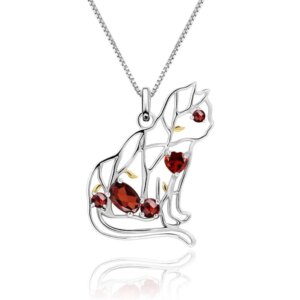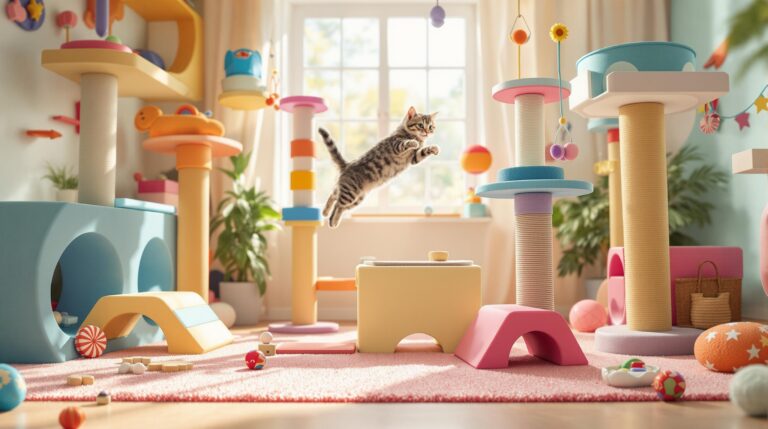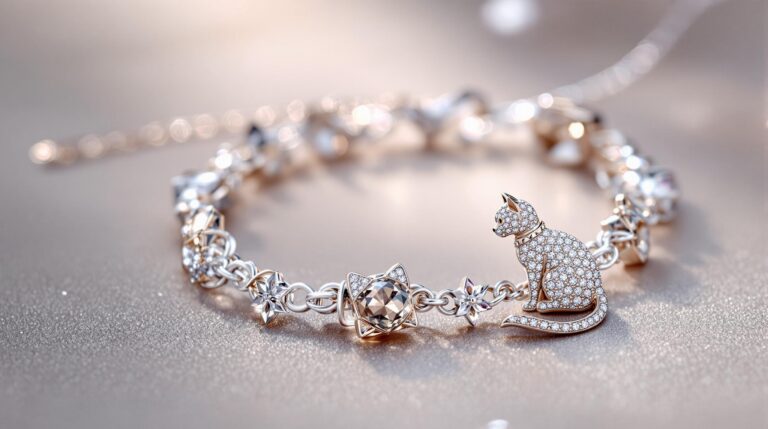Cats teeth are an essential aspect of your pet’s overall health and well-being. Regular dental care can prevent a range of issues, from tartar buildup to gum disease. In this guide, we will explore the importance of maintaining good dental hygiene, the tools and products you need, and how to create a consistent care routine. By the end, you’ll have a clear understanding of how to keep your cat’s teeth healthy and strong.
The Importance of Cats Teeth Care
Preventing Common Dental Issues
We at Cat Karma Creations understand that cats teeth care is not just about keeping your pet’s breath fresh; it’s about preventing serious dental problems. Common issues like tartar buildup, gum disease, and tooth decay can significantly impact your cat’s quality of life. Regular brushing and check-ups are essential for early detection and prevention. Dental issues can lead to more severe health problems, such as heart disease and kidney failure, making it crucial to maintain good dental hygiene.
Impact on Overall Health
The health of your cat’s teeth and gums has a direct impact on their overall well-being. Poor dental health can cause pain, difficulty eating, and other systemic issues. Regular dental care can help prevent these problems and ensure your cat stays happy and healthy. By maintaining good dental hygiene, you can reduce the risk of infections and other health complications that can arise from neglected teeth.
Signs of Poor Dental Health
It’s important to be aware of the signs of poor dental health in cats. These can include bad breath, yellow or brown tartar buildup, red or swollen gums, and difficulty eating or chewing. If you notice any of these signs, it’s crucial to consult a veterinarian. Early detection and treatment can prevent more serious issues and ensure your cat’s teeth remain healthy.
Choosing the Right Tools for Cats Teeth Care
Best Cat Toothbrushes
Choosing the right cat toothbrush is essential for effective dental care. Look for brushes with soft bristles and a small head that can fit comfortably in your cat’s mouth. Some popular options include the Pet Republique Cat Toothbrush and the Vet’s Best Cat Toothbrush. These brushes are designed specifically for cats and can make the brushing process easier and more comfortable for both you and your pet.
Cat-Specific Toothpaste
Using cat-specific toothpaste is crucial for your pet’s safety and dental health. Human toothpaste can be harmful if ingested, so it’s important to use a product designed for cats. Cat toothpaste often comes in flavors like chicken or tuna, which can make the brushing process more enjoyable for your cat. Some recommended brands include Pet Republique Cat Toothpaste and Vet’s Best Cat Toothpaste. These products are safe and effective for maintaining your cat’s dental hygiene.
Dental Treats and Chews
Dental treats and chews can be a fun and effective way to supplement regular brushing and improve your cat’s oral health. These treats are designed to help remove plaque and tartar while providing a tasty reward for your pet. Some popular options include Greenies Dental Treats and Virbac Dental Chews. Incorporating these treats into your cat’s routine can help keep their teeth clean and their breath fresh.
Step-by-Step Guide to Brushing Cats Teeth
Preparing Your Cat
Before you start brushing your cat’s teeth, it’s important to prepare them for the process. Begin by introducing the toothbrush and toothpaste, allowing your cat to sniff and explore them. Gradually introduce the brushing process, starting with short sessions and gradually increasing the duration. This will help your cat become more comfortable and reduce any anxiety or resistance.
Using the Right Technique
The right technique is crucial for effective teeth brushing. Start by gently lifting your cat’s lip to expose the teeth and gums. Use a circular motion to brush the teeth, focusing on the outer surfaces where plaque and tartar tend to accumulate. Be gentle and patient, and avoid using too much pressure. The goal is to make the process as comfortable and stress-free as possible for your cat.
Making It a Positive Experience
Making teeth brushing a positive experience is key to long-term success. Use treats and praise to reward your cat for their cooperation and good behavior. Choose a quiet, calm environment for the brushing session, and avoid rushing or forcing your cat. Consistency and patience are essential for building a positive association with dental care. Over time, your cat will become more comfortable and cooperative, making the process easier for both of you.
Professional Cats Teeth Cleaning
When to Seek Professional Help
While regular at-home care is important, professional teeth cleaning by a veterinarian is also crucial for maintaining your cat’s dental health. If you notice signs of dental problems, such as bad breath, difficulty eating, or visible tartar buildup, it’s time to seek professional help. Regular check-ups with a vet can help identify issues early and prevent more serious problems from developing.
What to Expect During a Cleaning
A professional teeth cleaning typically involves a thorough examination of your cat’s mouth, followed by scaling to remove plaque and tartar. The vet may also take X-rays to check for any underlying issues. The process is usually performed under anesthesia to ensure your cat remains still and comfortable. After the cleaning, the vet will provide you with recommendations for ongoing care and any necessary follow-up appointments.
Post-Cleaning Care and Tips
After a professional teeth cleaning, it’s important to follow the vet’s recommendations for post-cleaning care. This may include using a special diet or dental chews to help maintain your cat’s oral health. Continue with regular at-home brushing and monitor your cat for any signs of discomfort or dental issues. Keeping up with a consistent dental care routine is essential for preventing future problems and ensuring your cat’s teeth remain healthy and strong.
| Feature | Cat Toothbrush | Cat Toothpaste | Cat Dental Treats | Cat Teeth Cleaning Kit |
|---|---|---|---|---|
| Effectiveness | High | Medium | High | High |
| Ease of Use | Medium | High | High | Medium |
| Cost | Low | Low | Medium | Medium |
| Availability | High | High | High | Medium |
| User Reviews | Positive | Positive | Positive | Positive |
- Regular brushing is essential for maintaining your cat’s dental health and preventing common issues like tartar buildup and gum disease.
- Using cat-specific toothpaste is crucial for your pet’s safety, as human toothpaste can be harmful if ingested.
- Dental treats can be a fun and effective way to supplement regular brushing and improve your cat’s oral health.
- Professional cleanings by a veterinarian are important for addressing more serious dental issues and maintaining overall health.
- Monitoring your cat’s teeth for signs of problems, such as bad breath or difficulty eating, can help you catch issues early.
- Creating a consistent routine for dental care can make the process easier and more comfortable for both you and your cat.
“Cats are connoisseurs of comfort.” – Unknown
According to the American Veterinary Medical Association, approximately 70% of cats over the age of three have some form of dental disease. This statistic underscores the importance of regular dental care to prevent serious health issues. (Source: AVMA)
Three Tips for Maintaining Cats Teeth Health
- Start Early: Introduce your cat to dental care routines from a young age to make the process more familiar and less stressful.
- Use Positive Reinforcement: Reward your cat with treats and praise during and after brushing sessions to create a positive association with dental care.
- Regular Check-ups: Schedule regular veterinary check-ups to catch and address any dental issues early, ensuring your cat’s teeth remain healthy.
Popular Questions About Cats Teeth Care
- How often should I brush my cat’s teeth? Aim to brush your cat’s teeth at least once a week, but daily brushing is ideal for optimal dental health.
- Can I use human toothpaste for my cat? No, human toothpaste can be harmful if ingested by cats. Always use cat-specific toothpaste to ensure your pet’s safety.
- What are the signs of dental problems in cats? Common signs include bad breath, yellow or brown tartar buildup, red or swollen gums, and difficulty eating or chewing.
- When should I take my cat to the vet for a dental check-up? Schedule a dental check-up if you notice any signs of dental issues or if it has been more than a year since the last professional cleaning.
Final Thoughts
Maintaining your cat’s dental health is a crucial part of their overall care. By following the tips and guidelines outlined in this article, you can ensure that your cat’s teeth remain clean, healthy, and strong. Regular brushing, the use of appropriate products, and professional cleanings are all key components of a comprehensive dental care routine. If you have any questions or need further assistance, feel free to contact us at (800) 343-1604 or via our contact form. You can also visit our website at Cat Karma Creations for more information on our cat-themed jewelry and gifts. Follow us on Facebook and Instagram for the latest updates and tips on cat care.

















